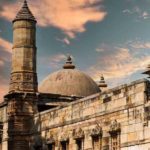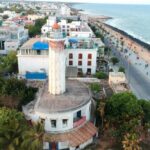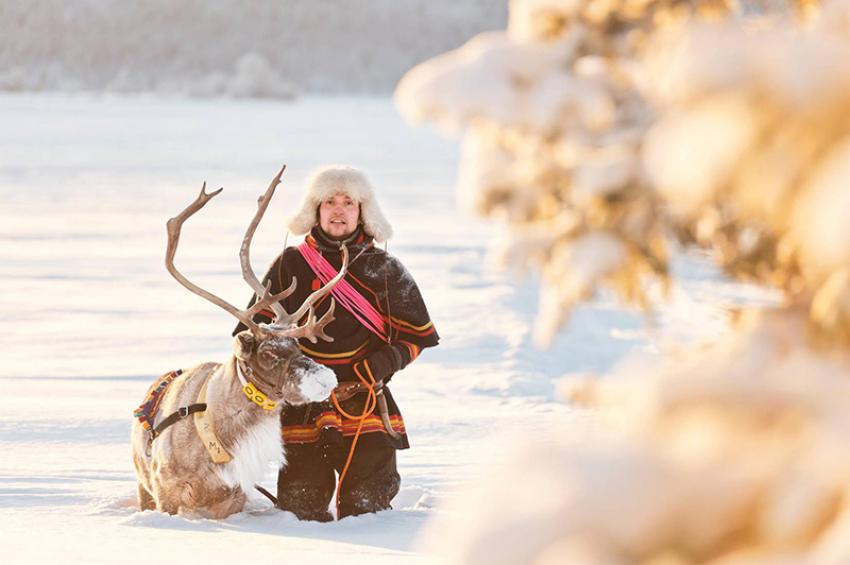
(NITN): At one with nature, the Sámi people inhabit parts of Sweden, Norway, Finland and Russia – a borderless region known as Sápmi, the land of the Sámi.
The stunning and seemingly untouched nature in all these parts of Sweden has been respectfully cared for by the country’s indigenous Sámi people for thousands of years.
Today, many Sámi people lead “modern” lives but remain true to their Sámi heritage, traditions and culture.
Reindeer herding is both a way of life and a key source of income for many Sámi, with some 5,000 reindeer owners, counting even those owning a single animal. Sámis can lay claim to one of the oldest folk music forms in Europe – the ‘Joik’.
[ALSO READ: Statistics on global tourism guides United Nations on sustainable development]
These unique songs typically tribute or “call” a mountain, a wild animal or person. It’s also used to express emotion, be it sadness or joy.
Sami handicrafts – called ‘Duodji’ in Sámi – are practised by many in the community, using natural and surplus materials, such as wood and bark, and every part of the reindeer, including the hide, antlers and even bone.
Nothing goes to waste here; the Sami people were leading eco-friendly lives long before sustainability became a buzzword.
In Swedish Sápmi, you’ll be able to experience Sámi culture in an authentic, educational way courtesy of some 40 small-scale companies, with many run by entrepreneurial women. Many combine guest activities with reindeer herding, giving you the chance to discover this unique lifestyle across culture, food and outdoor activities, often with friendly reindeer taking an active part.

Sweden-wide Sámi experiences – from reindeer feeding to guided hikes
Jukkasjärvi, Kiruna – home to Sweden’s famous Icehotel – is a Sámi experience hotspot. Within walking distance of the hotel, you’ll find Nutti Sámi Siida, a key Sámi experience organiser for every season – in spring, one will be given the chance to accompany a reindeer herder to see new-born calves taking their first steps.
Educational in style, the tour guides share their wisdom on traditional reindeer husbandry.
To refuel, you’ll tuck into a traditional Sámi meal in a ‘lávvu’ tent (much like a tepee).
Wintertime, one can witness the magical Northern Lights and can look forward to the Sámi guide’s atmospheric folktales – storytelling is part of the heritage.
Accommodation is available at Reindeer Lodge, right next to some of Nutti Sámi Siida’s herd, who you might even participate in feeding in the morning.
[ALSO READ: Storytelling by locals makes Madhya Pradesh tiger safaris more interesting: MP Tourism]
Hiking through Laponia in Swedish Lapland – one of the world’s few UNESCO Heritage Sites inhabited by indigenous people – is a trekker’s dream.
The area is home to seven Sámi villages active in the field of reindeer herding, each surrounded by stunning arctic nature.
Take it all in as part of a hike through the numerous national parks and nature reserves found here, including Sarek, Padjelanta, Stora Sjöfallet and Muddus.
The Padjelanta trail is a much-loved route, and the major Swedish trail Kungsleden runs along the eastern part of this national park, all the way to the Kebnekaise range.
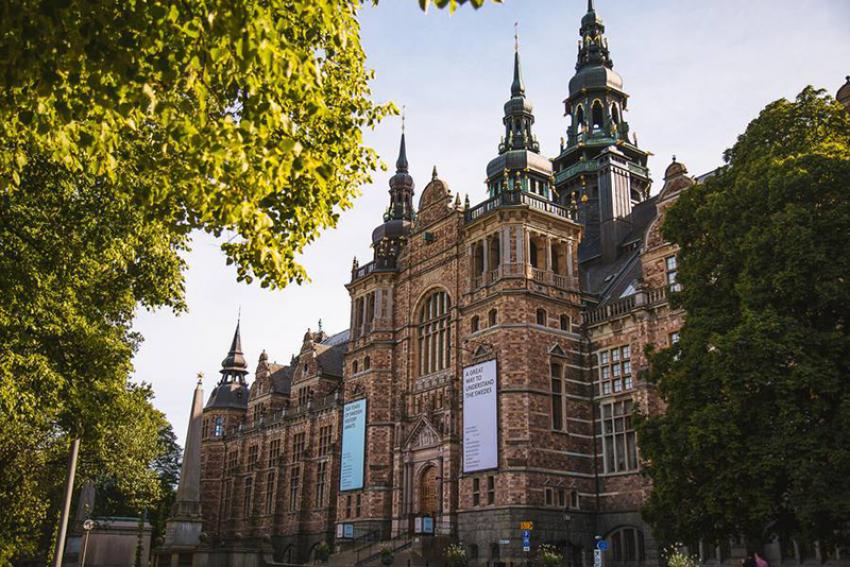
Swedish museums with notable Sámi collections
The Sámi heritage of Sweden can also be lapped up at museums spread across the country.
Ájtte Mountain and Museum in Jokkmokk is a definite draw, and as the main museum and archive for the Sámi culture of Sweden, it has a lot to offer beyond its focal areas – the culture and nature of the mountainous area of northern Sweden.
Silvermuseet i Arjeplog (The Silver Museum) is of equal calibre, charting the history and cultural significance of Sámi silversmithing via a wondrous collection dating as far back as the Middle Ages.
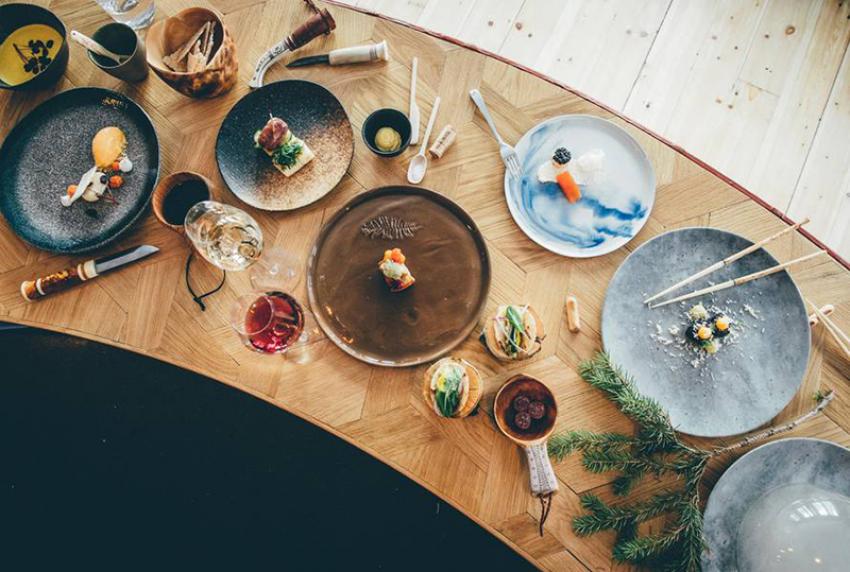
The Sámi food culture and its sustainable main ingredients
The Sámi culinary heritage is rooted in sustainability and tradition. Local produce is key and many ingredients are foraged in nature – think herbs, roots, lingonberries and the rarer cloudberry – an amber, nutrition-packed delicacy.
Reindeer meat is a staple enjoyed in smoked form – called ‘suovas’ – but also as part of stews and sausages.
In 2003 ‘Suovas’ became Sweden’s first Slow Food Presidia product – a culinary preservation listing issued by the international Slow Food movement to local, culturally important food products.
Elk also features on the menu and as for fish, Arctic char and whitefish are caught fresh in local waters – fishing and hunting for game are part of the Sámi lifestyle.
[ALSO READ: Immerse in the cultural heritage of San Francisco’s Yerba Buena neighbourhood]
Don’t miss the opportunity to sample Kalix vendace roe – a product of Swedish Lapland and the first Swedish food offering to have been given Protected Designation of Origin (PDO) status by the EU, joining the ranks of Champagne and Parma ham.
Cheese lovers will have plenty of choice courtesy of the small-scale dairy farms found in Sápmi country – Svedjan Ost in the county of Västerbotten being but one example.
Visitors must try ‘kokkaffe’ – coffee made over an open fire, together with some dried, smoked reindeer meat and a spectacular view of the Swedish highlands. Just like the Sami people do when taking a break and keeping track of their reindeer herd.


